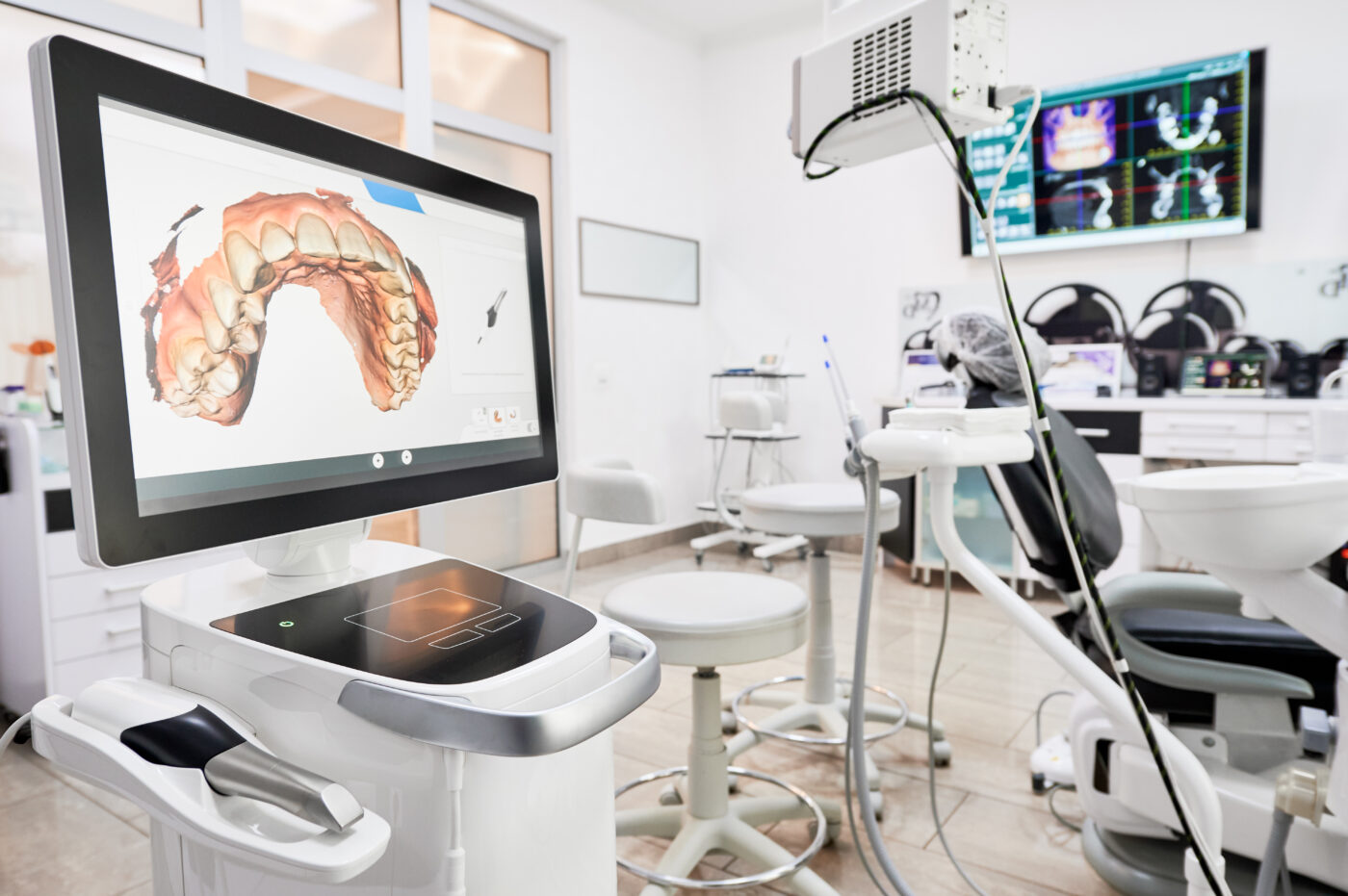Going to the dentist can cause fear and anxiety for many. This feeling can be overwhelming, but there are effective ways to manage and overcome it. Practical strategies like deep breathing, positive visualization, and talking openly with your dentist can help reduce anxiety significantly.
Regular dental visits are essential for maintaining oral health. Many people avoid these visits due to fear, leading to more complex dental issues over time. Building a trusting relationship with your dentist and gradually exposing yourself to the dental environment can foster a more positive experience.
Understanding that dental professionals are trained to handle patients with anxiety can make a big difference. Dentists often provide various sedation options and calming techniques tailored to individual needs. Learning about these available resources is key to transforming a daunting dental visit into a manageable and even positive experience.
Understanding Dental Anxiety
Dental anxiety affects a significant portion of the population, often leading to avoidance of necessary dental care. Exploring its causes, psychological impacts, and prevalence provides a clearer picture.
Causes of Fear and Anxiety in Dental Settings
Various factors contribute to fear and anxiety in dental settings. Past traumatic dental experiences are a common cause. Negative interactions with a less experienced dentist may also heighten anxiety.
Noise from dental instruments can trigger panic in some individuals. Additionally, the fear of pain and the sense of losing control during procedures play significant roles. Specific phobias, such as fear of needles, further amplify dental anxiety.
Psychological Effects of Dental Anxiety
Dental anxiety can have profound psychological effects. It may lead to chronic stress, impacting overall mental health. Individuals often suffer from feelings of helplessness during dental visits, exacerbating their anxiety.
Avoidance behaviors develop, weakening oral health and leading to more complex dental issues later. Anxiety may also manifest physically, causing symptoms like sweating, nausea, or increased heart rate. Counseling and communication with an experienced dentist can help mitigate these effects.
Statistics on Dental Fear and Avoidance
Statistics reveal the widespread nature of dental anxiety. Studies indicate that about 36% of the population experiences some level of dental fear. Among these, 12% suffer from extreme dental anxiety, avoiding necessary dental care.
Young adults and women show higher prevalence rates. Regular dental visits decrease significantly among those with persistent anxiety. Timely intervention and compassionate care by an experienced dentist can improve these statistics, ensuring better oral health outcomes.
Strategies for Overcoming Dental Fear
Dental fear can be managed effectively with the right approach. Techniques such as choosing the right dental professional, preparing before appointments, using coping mechanisms during the visit, and leveraging pain-free technology can help.
Finding the Right Dental Professional
Identifying an experienced dentist who understands and addresses dental fear is crucial. Seek recommendations from friends, family, or online reviews. Look for a dentist who explains procedures clearly and has a calm demeanor. Clinics offering sedation or special care for anxious patients are also beneficial. Scheduling an initial consultation can help gauge comfort levels with the dentist and the staff.
Pre-Appointment Preparation Techniques
Understand what to expect by discussing the procedure with your dentist beforehand. Meditation and deep-breathing exercises can be practiced days leading up to the appointment. It’s helpful to visit the dental office to become familiar with the environment. Bring headphones to listen to calming music. Inform the dentist of any specific fears so they can adjust their approach.
In-Office Coping Mechanisms
Distractions like listening to music or audiobooks during the procedure can ease anxiety. Dentists might also offer weighted blankets or stress relief balls. Establishing a signal, like raising a hand to request a pause, provides a sense of control. Talking to the staff about any unease can encourage supportive responses. Nitrous oxide or oral sedatives can be considered for significant anxiety.
Technological Advancements in Pain-Free Dentistry
Many modern clinics use technology designed to reduce discomfort. Laser dentistry, for instance, minimizes the need for drilling. Computer-guided anesthesia delivers precise doses, lessening pain. Newer equipment like electric handpieces operates more quietly, reducing stress-inducing noise. Exploring these options with an experienced dentist can contribute to a more comfortable experience.



